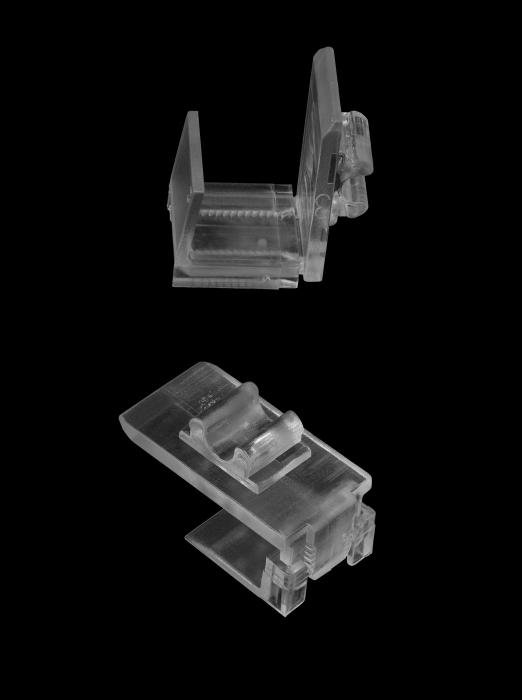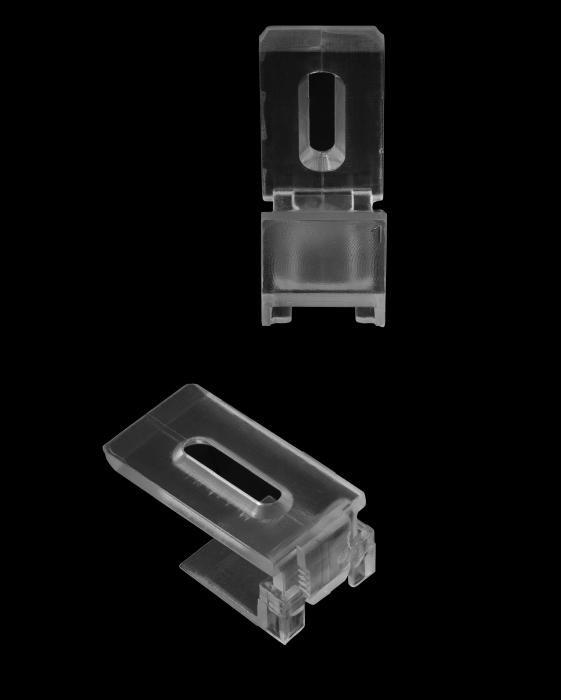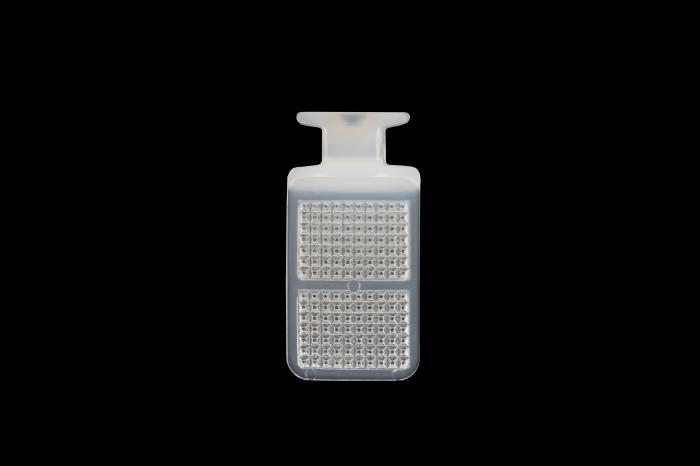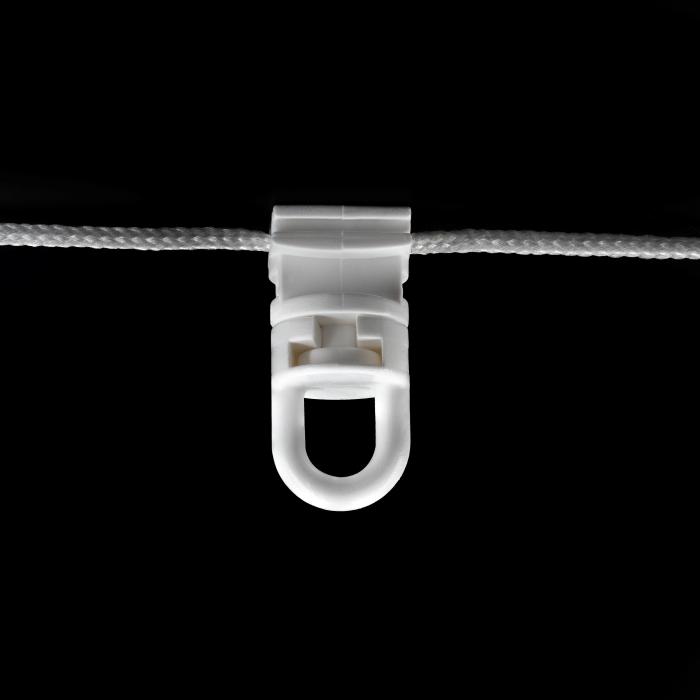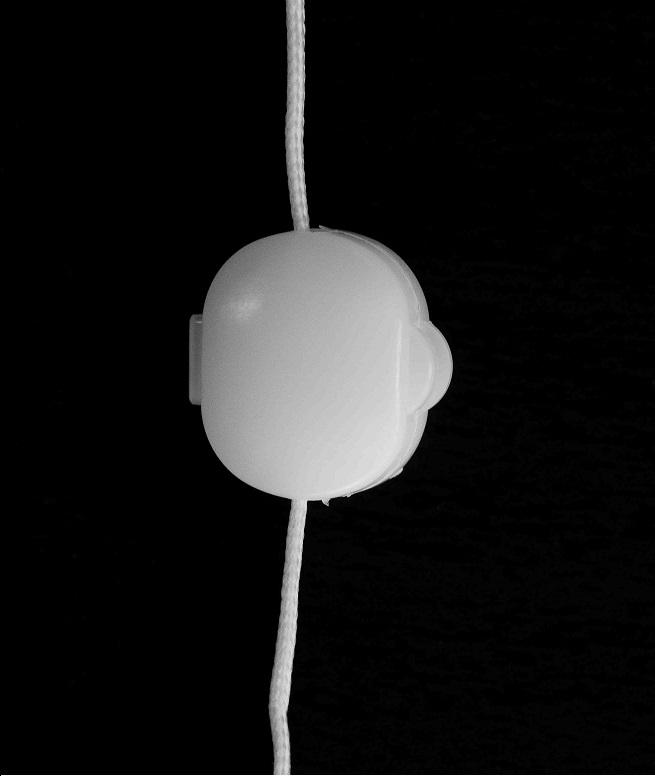surrounded by greenery and close to a stream—
a beautiful environment, but one that also favors the presence of snakes,
some of which can be deadly.
which we should avoid killing
because they are actually beneficial to the ecosystem?
Venomous vipers typically have a triangular-shaped head,
clearly different from the more rounded heads of harmless snakes like colubrids.
Short, stocky, and awkward-looking bodies are typical of venomous species,
while long and slender-bodied snakes, like grass snakes,
pose no threat and shouldn’t worry us.
Snakes with a long, tapering tail are generally much less dangerous
than those with a short, abruptly narrowed tail.
If you manage to get a closer look,
pay special attention to the pupil shape:
a vertical slit, similar to that of a crocodile or a cat,
is a strong indicator of venom.
A round pupil, on the other hand, usually means the snake is harmless.
This is the most reliable trait for identifying a venomous snake
but also the hardest one to check safely.
especially of rodents, helping to keep their populations in check.
While venomous snakes are indeed a risk to humans
and bites can be fatal,
we should avoid killing every snake we see.
If they are not dangerous, they’re vital to maintaining a healthy environment
and balanced food chains.
Not everything that slithers is a threat…
Sometimes, all it takes is a bit of attention.






































































